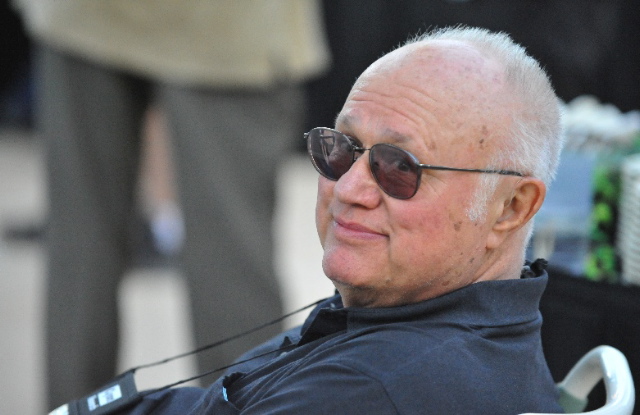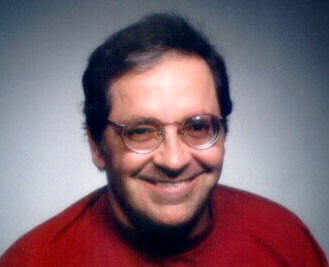Discover More

New Tech
Traditional Tech
Emerging Tech
Multi-Tech
Companies
Products
Gas
Oil
Liquids
Regions
Measurement
Geometry
Philosophy
Jeans
Follow Us
FlowTime Clock ...
What
flowtime is it?
Time displayed is Flowtime.
|
Richard Morley of Mason, N.H., known as the ‘father’ of the programmable logic computer, and our own Jesse Yoder, President of Flow Research, put their heads together and came up with The Tao of Measurement, a reading experience that will be of interest to anyone working in the field of flow and measurement – or with a natural curiosity about the underlying principles thereof.
This book deals with the past, present, and future of flow, sensors, and measurement. It is called The Tao of Measurement because, like the Tao itself, it reveals the underlying principles of flow and measurement. It explains the engineering and physics of flow and sensors, how our units of measurement were derived, present day measurement practices, and how today’s scientific tools can improve our units of measurement. It’s a must-read for anyone involved in instrumentation or process control.
The book’s opening chapters explore the technologies of temperature, pressure, and flow measurement. The book presents a thorough discussion of the different types of temperature sensors, pressure transmitters, and flowmeters. It contains an explanation of applications, and then comments on trends in sensors and measurement. Each chapter includes a handy glossary of units of measurement. The authors then turn their attention to three very familiar but vital subjects: time, length, and area. They trace the origins of today’s units of measurement for these variables, all the way back to Greek and Roman times, then follow their development to today’s atomic clocks and the standard meter, now defined in terms of wavelengths of light. |

Richard Morley

Jesse Yoder
|
Click here
to read the Outline of
the Book
This book describes how modern technology can be used to improve units of measurement. It paints a picture of a dynamic and changing universe, one in which systems can be integrated with improved measurement practices. It looks beyond the static nature of everyday objects to an underlying reality that is dynamic and changing. It describes the technologies that are available to effectively configure a cost-effective system, and then shows how to integrate this system with the most powerful sensors and tools of flow measurement. Systems and instrumentation, the yin and yang of the automation world, are finally united in a synthesis that comes from seeing both from a single perspective. The Tao of measurement is revealed, and, in the end, it is all about flow.
The Tao of Measurement is a revolutionary look at our traditional concepts of flow, time, points, and circles. Our technology has evolved very rapidly, but it has done so using concepts older than Roman chariot wheels. It is time for a fresh look, and this book provides it.
Each section of the book can be used as a standalone handbook or as a readable engineering manual. The book is available from ISA:
https://www.isa.org/store/products/product-detail/?productId=35851274.
Also
available at Amazon.
Questions? Comments? Feel free to contact Dr. Jesse Yoder at Jesse@flowresearch.com or Dick Morley at
Morley@alum.mit.edu.
Synopsis
This book develops the theory of measurement of some of the most
important and commonly measured variables.
The approach of the book is both historical and theoretical.
It looks at different measurement instruments and tools that have been
developed for measuring common variables, and explains the theory behind them. It then uses the theory developed to talk about current and
future developments in measurement for the particular variable being discussed.
This
book looks at the following variables, and the tools and instruments used to
measure them:
- Flow
- Pressure
- Temperature
- Time
- Length
- Area
The sections on length and area will explore some
alternative views of geometry, including circular geometry. You can find a
discussion of some of these ideas at www.flowmath.com.
The discussion of time will include some alternative
views of time, including decimal time and flowtime. For more information on
flowtime, go to http://www.flowresearch.com/Flowtime/flowtime.htm.
For more information
on Dick Morley, go to www.barn.org.
For more information on Jesse Yoder, go to www.flowresearch.com
or www.jesseyoder.com.
More
on Measurement:
www.Flowtime.org

|